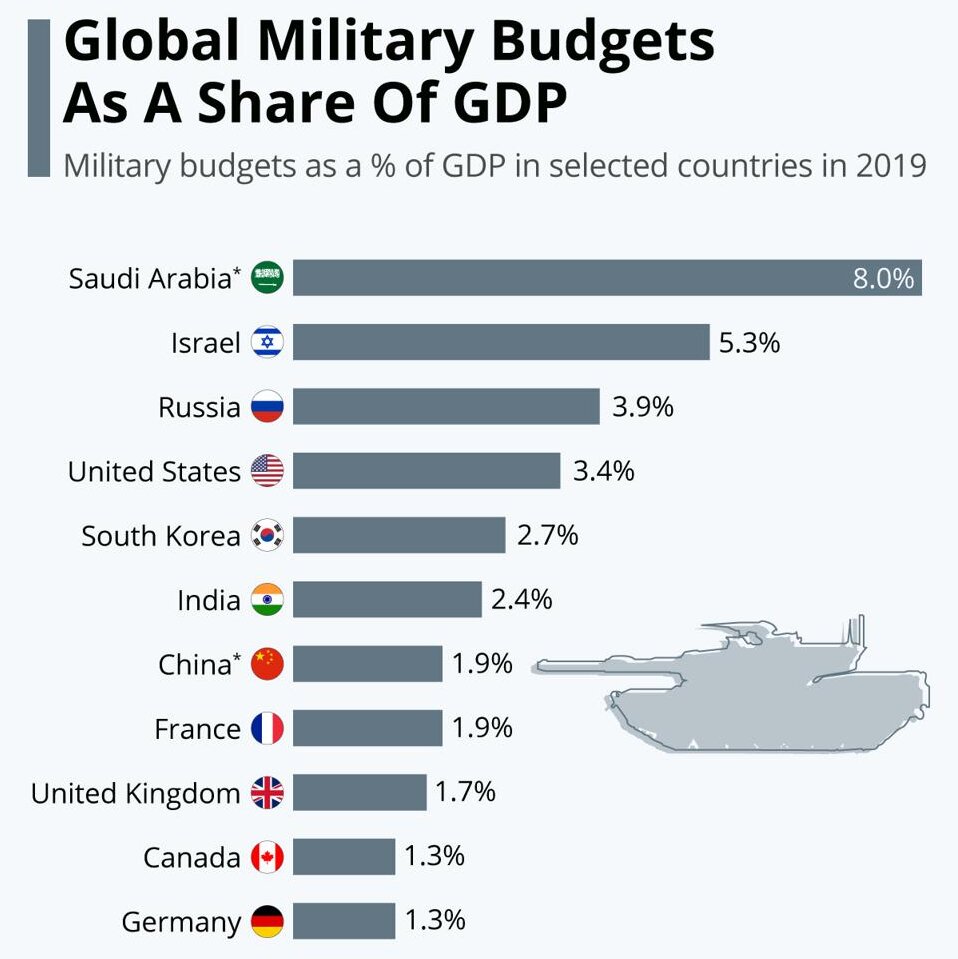Indian Economy
Dilution of Offset Policy
This article is based on “Offset dilution in defence, a flawed policy turn” which was published in The Hindu on 21/10/2020. It talks about the benefits and associated challenges with the recent changes in offset policy.
Recently, the government diluted the “offset” policy in defence procurement. This Policy decision was taken with a view to reduce cost of defense deals and also in response to a Comptroller and Auditor General (CAG) report on the same issue.
Henceforth, the offset clause will not be applicable to bilateral deals and deals with a single (monopoly) seller. However, as the major defense deals of India are taken under the above mentioned route, this would virtually mean the scrapping of the defence offset policy.
Due to this, many experts contend that the move is a setback for augmenting domestic capabilities or for realising the goal of Atmanirbhar Bharat. Therefore, the government should rethink its defense offset policy to leverage the associated benefits emanating from it.
Offset Policy
- Why Needed: Developing country buyers often lack an industrial base and research and development (R&D) facilities. However, large buyers such as India seek to exercise their “buying power” to secure defense deals, not just the lowest price.
- They also try to acquire the technology to upgrade domestic production and build R&D capabilities.
- The offset clause is the instrument for securing these goals.
- What is Offset: The offset is an obligation by an international player to boost India’s domestic defence industry if India is buying defence equipment from it.
- Since defence contracts are costly, the government wants part of that money either to benefit the Indian industry, or to allow the country to gain in terms of technology.
- Key Objectives: The key objective of the Defence Offset Policy is to leverage capital acquisitions to develop Indian defence industry by:
- Fostering development of internationally competitive enterprises.
- Augmenting capacity for Research, Design and Development related to defence products and services.
- Encouraging development of synergistic sectors like civil aerospace, and internal security”.
Case Study: Benefits of Offset Policy
- Offset policy was initiated in 2005, under which for contracts valued at ₹300 crore or more, 30% of it will result in offsets, implemented through Indian offset partners.
- The 2005 policy helped promote a vibrant aerospace cluster, mostly micro, small and medium enterprises (MSMEs) around Bengaluru.
- By 2014, exports increased to $6.7 billion from a paltry $62.5 million in 2005, according to the United Nations Comtrade Database.
- The offset clause enabled India to join the league of the world’s top 10 aerospace exporters; the only country without a major domestic aerospace firm.
Issue With New Policy
- CAG Report: According to the recent CAG report, between 2007 and 2018, the government reportedly signed 46 offset contracts worth ₹66,427 crore of investments.
- However, the realised investments were merely 8%, or worth ₹5,457 crore.
- It also noted that there is not a single case where the foreign vendor had transferred high technology to the Indian industry.
- New Policy: In a response to CAG report, the government has decided not to have an offset clause in procurement of defence equipment if the deal is done through inter-government agreement (IGA), government-to-government or an ab initio single vendor.
- Misplaced Rationale: The government held that the offset load extra cost in the contract to balance the costs, and doing away with the offsets can bring down the costs in such contracts.
- However, the higher (upfront) cost of the agreement due to the offset clause would pay for itself by: reducing costs in the long term by indigenisation of production and the potential technology spill-overs for domestic industry.
- Impact of New Policy: As most defence deals are bilateral, or a single supplier deal (given the monopoly over the technology).
- The dilution means practically giving up the offset clause.
- This would impact India’s prospects for boosting defence production and technological self-reliance.
- Further, India has voluntarily given up a powerful instrument of bargaining to acquire scarce advanced technology.
Way Forward
- Review & Proper Implementation of Offset Clause: The offset policy can succeed, if it is designed and executed correctly, as a parallel episode in the aerospace industry demonstrates.
- Despite the heft of Hindustan Aeronautics Limited, India is a lightweight in global civilian aircraft manufacturing, as the public sector giant mostly devotes itself to defence production.
- The much-touted National Civil Aircraft Development (NCAD) project — to come up with an indigenously designed Regional Transport Aircraft (RTA) — has remained a non-starter from day one.
- Thus, apart from reviewing the current offset policy, there is a need to establish a formal mechanism for implementation of the defence offset policy.
- Better Regulation & Facilitation: While evidence suggests that domestic industry can absorb offsets, what India needs is an effective body to handle offsets, liberal FDI and licensing policies, and a better banking provision.
- Need for Clear Roadmap: Also there is a need for a clear roadmap for transfer of technology through offsets, keeping in view India's long-term military industrial objectives.
Conclusion
India needs to re-conceive or re-imagine the offset clause in defence contracts with stricter enforcement of the deals, in national interest, and in order to aim for ‘Atma Nirbhar Bharat Abhiyan’, or a self-reliant India.
|
Drishti Mains Question Discuss what do you mean by an offset policy and issues linked with the recent policy changes. |
This editorial is based on “The significance of the Malabar exercise” which was published in The Hindustan Times on October 19th, 2020. Now watch this on our Youtube channel.





